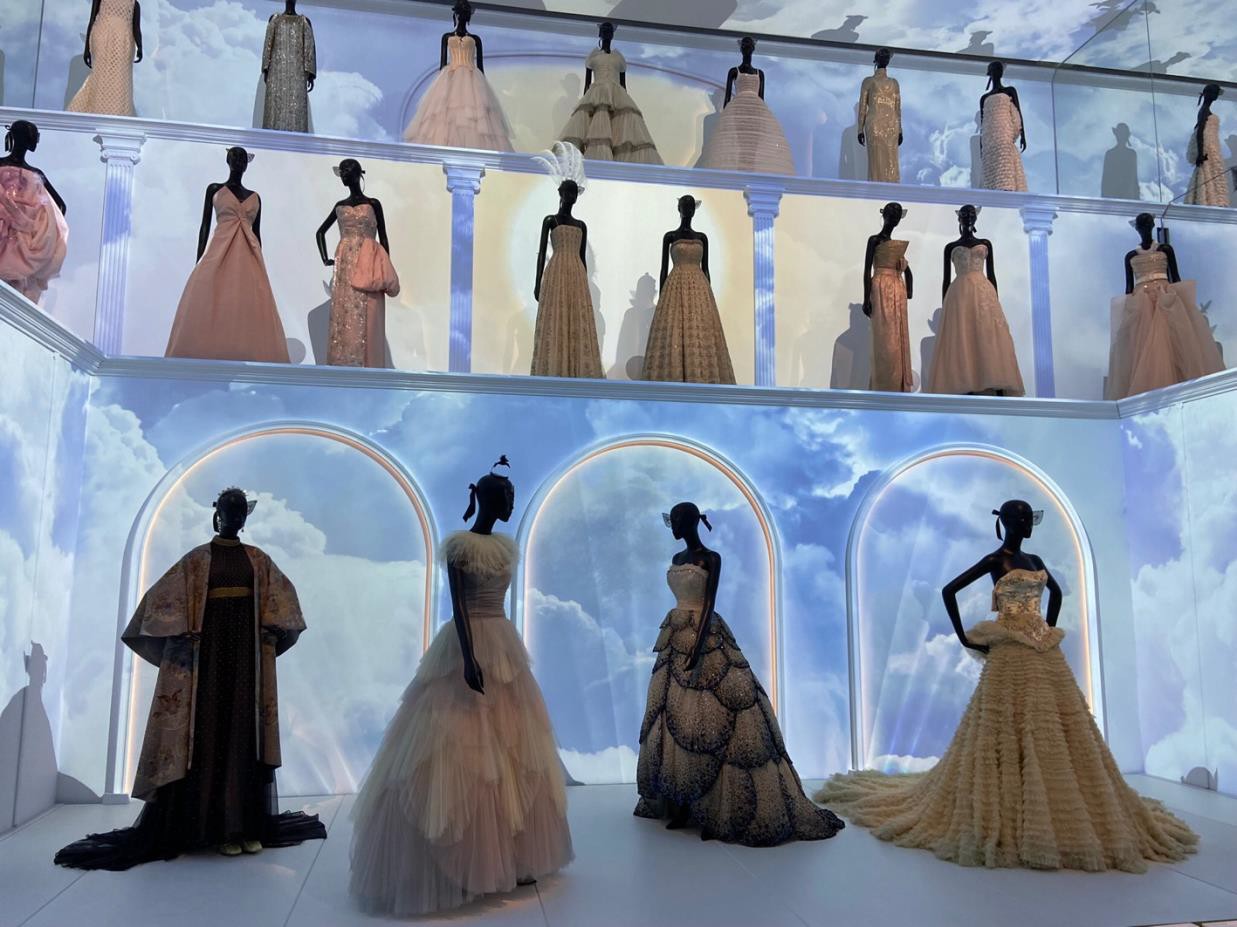Eiffel Tower
 The Eiffel Tower, at 300 meters, is the highest point in Paris. The tower was built for the 1889 Paris World Exposition. The structure was a marvel in creativity and engineering tolerances. The base of the structure on the River Seine side used watertight metal caissons. The caissons were injected with compressed air, to allow work below the level of the water. Sandboxes and hydraulic jacks – replaced later by permanent wedges – allowed the metal girders to be positioned to an accuracy of one millimeter.
The Eiffel Tower, at 300 meters, is the highest point in Paris. The tower was built for the 1889 Paris World Exposition. The structure was a marvel in creativity and engineering tolerances. The base of the structure on the River Seine side used watertight metal caissons. The caissons were injected with compressed air, to allow work below the level of the water. Sandboxes and hydraulic jacks – replaced later by permanent wedges – allowed the metal girders to be positioned to an accuracy of one millimeter.
Before computers, large scale earth movers and legions of environmental lawyers, Gustave Eiffel was able to complete the project in 2 years and 4 months, 5 months to build the foundation and the remainder to construct the tower. There were 50 engineers who continuously reviewed and
confirmed measurements. This was done with pen and paper. The maximum number of workers topped out at 250. Much of the construction was done at Eiffel’s factory.

Of note, the tower required a innovative elevator, as they needed to carry a number of passengers on a changing angle from the ground through the second platform. Otis elevator, from the US, completed this phase without fax, email or digital drawings!
The Eiffel Tower has a lovely grace and beauty. An attention to design, what is pleasing to the eye is evident in all aspects of French life, from buildings, to gastronomy, to fashion. While wandering about Paris, I saw a billboard advertising a Dior exhibit.
Dior
Christian Dior, born in 1901, was an icon in fashion. He wanted to be an architect, but his first business venture was an Art Gallery. He eventually worked in haute couture as he found it quite similar to architecture. During WWII, he continued to work in high end fashion houses providing dresses to Collaborators and wives of high ranking Nazis, while his sister Catherine, was active in the French resistance. She was captured in 1944 and sent to Ravensbrook. She survived the ordeal and lead a long life.

At the end of the war,Christian opened his own fashion house. Though he is known for fashion, his first commercial success was a fragrance. Miss Dior. An homage to his sister, it was launched in 1947.
Christian designed many outfits for French and American film stars. His dresses were worn by Bardot, Bergman, Garbo, Dietrich… French critiques would pan certain styles or collections. Fellow designer Coco Chanel remarked, “Only a man who never was intimate with a woman could design something that uncomfortable”. But the Americans always embraced his designs.


He was featured on the cover of Times in 1957, shortly before his third and fatal heart attack. His fashion house/empire endured, as he had assembled a cadre of talented designers.



The exhibit was excellent. There were beautiful collections of dresses, 3D collages of Dior products that were combined with vintage memorabilia and film snippets highlighting his creations. An unplanned but wonderful vacation excursion.
Vision 2050
Paris is a sprawling metropolis. They’re concerned for the future of the city and have launched Vision 2050. As part of the vision, bike/scooter lanes are being carved out. So, as a pedestrian in i, bike or scooter! More interesting is the plan to use vertical gardens. These gardens will grace structures throughout the city. I walked by an example of a vertical garden along the Seine, near the Eiffel Tower.


This is a rendering of the 2050 Vision from the Paris website.
